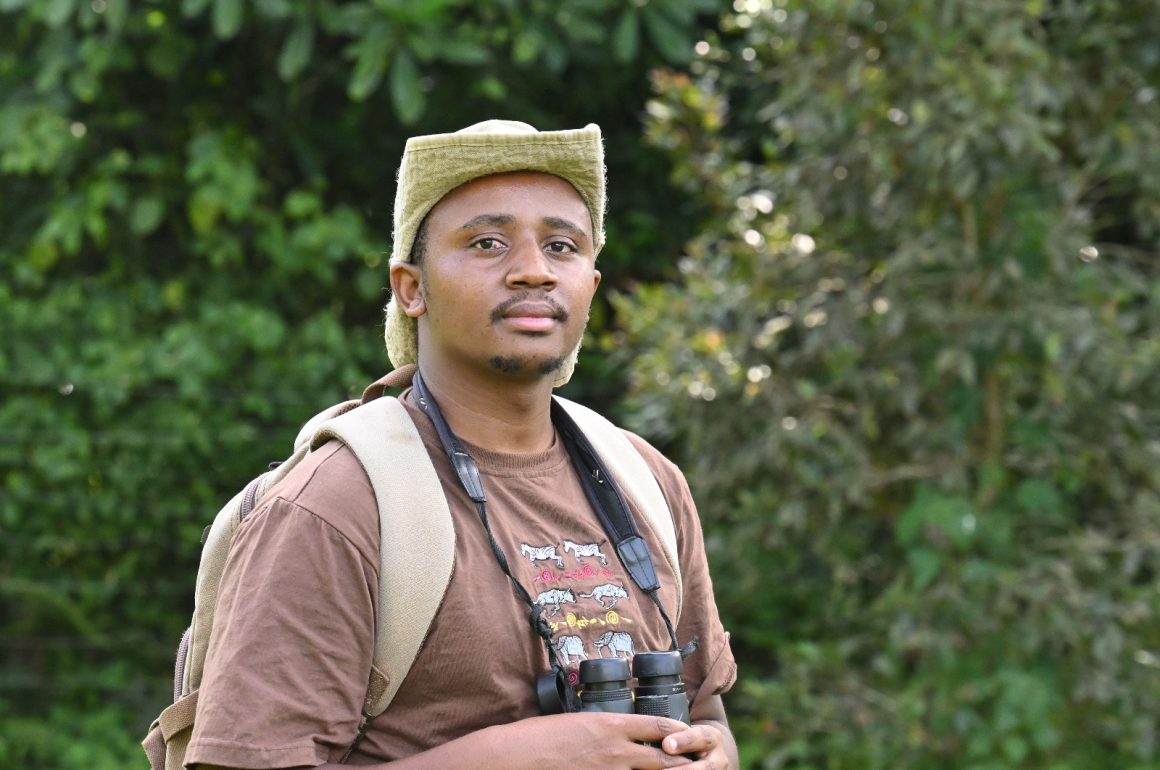
What is your favorite bird species?
This is a lovely question and one that I have been asked many times before by guests on tour. “I love all the birds of the world”; is always my first answer to this question. However, I follow up with an explanation as to what may be considered my favorites. For a start, many people have known me for my love for Cisticolas, a group of rather cryptic birds that are often quite challenging to identify. I love these birds very much, and I remember growing up in the Central Kenya Highlands, I would always hear the songs of Hunter’s Cisticolas on our farm. I have also spent many years studying birds of prey, and especially the African Crowned Eagle; which is another species I really like.
White-tailed Cisticola
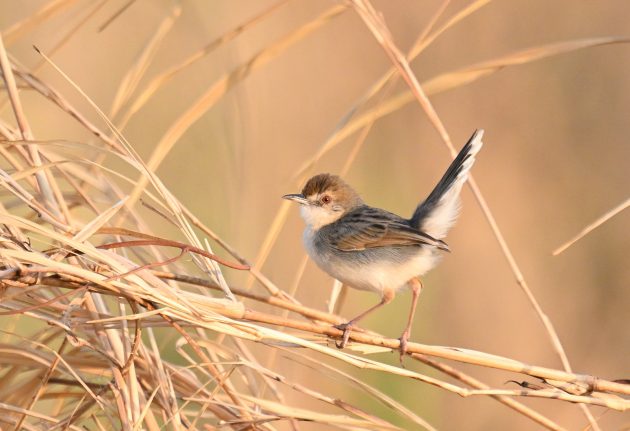
What is your name, and where do you live?
My name is Washington Wachira. I live in Nairobi, Kenya.
What are the main regions or locations you cover as a bird guide?
My main birding locations are Kenya, Tanzania, Uganda and Rwanda. I enjoy guiding guests across these countries and the Indian Ocean Coast; along East Africa.
Rwenzori Batis
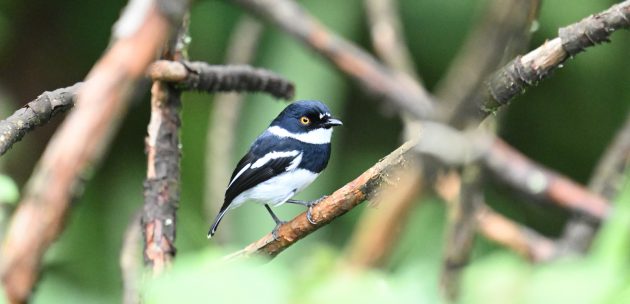
How long have you been a bird guide?
I took my first safari in 2007, with a small team of schoolmates. In the year 2010, I was selected as a trainee guide on an overland safari across Kenya; and my career kicked off. I have been guiding ever since.
How did you get into bird guiding?
I got the opportunity to take part in a safari, in the year 2009, where I had won a wildlife competition among Kenyan students. On the safari, I met a very passionate guide called John Maniafu; who showed me my first Blacksmith Plover (now called Blacksmith Lapwing). This was my first bird to name in English. I learned a lot on that safari, and this triggered my passion to become a bird guide. On that safari, I felt that I really wanted to show people birds, just like John, and teach guests about the different species. I later attended many courses and training programs to improve my skills, and today I am very happy to be a bird guide.
Mrs. Moreau’s Warbler
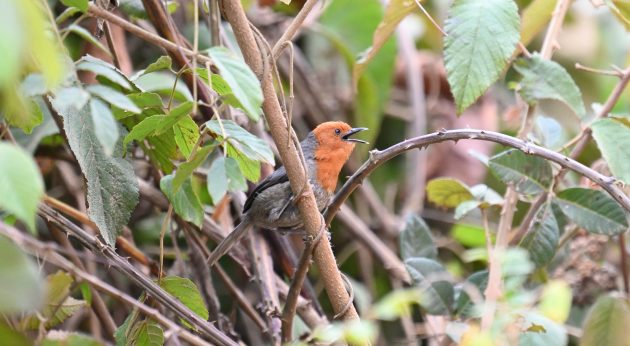
What are the aspects of being a bird guide that you like best? Which aspects do you dislike most?
I like meeting new people and being out in nature. This is what I like most about birding tours. They offer me a chance to meet new people from all across the world. Birding tours are also a perfect way to enjoy nature because you learn to be observant and patient. Through this skill, you get the most out of a tour and you get to connect more with the environment. It is tough to think of something I do not like about my career as a bird guide. I would probably say that I do not like to say goodbye to my guests who by the end of the tour are usually great friends. This leaves a gap in the heart, but we always remain friends and share a lot through social media or emails.
Secretarybird
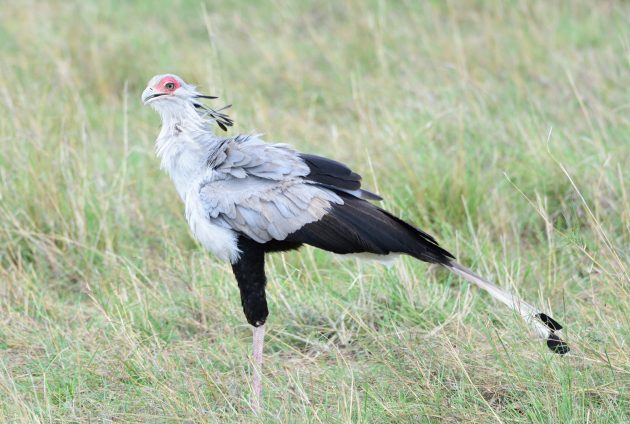
What are the top 5-10 birds in your region that you think are the most interesting for visiting birders?
My trips are mainly around East Africa. This region has many nice birds – over 1,400 species. Favorites may be dependent on the visitor, depending on whether they want a colorful bird to photograph or whether they want to see rare and endemic species. Some exciting species that are sort-after in our region include Sokoke Pipit, Clarke’s Weaver (Kilifi Weaver), Secretarybird (although widespread, it is still very special), Green-breasted Pitta, Grauer’s Broadbill (African Green Broadbill), Shoebill, Uluguru Bush-Shrike, Usambara Hyliota, Mrs. Moreau’s Warbler and Udzungwa Forest-Partridge.
Shoebill
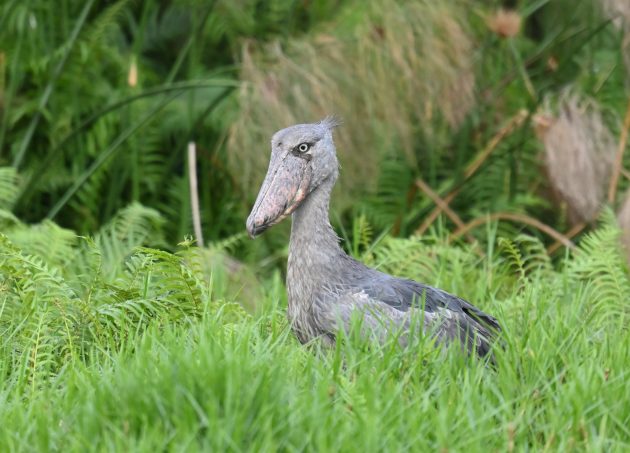
Can you outline at least one typical birdwatching trip in your area? Please briefly describe the locations, the key birds, and the approximate duration of such a trip.
For a long East African Birding Tour; you can allocate four weeks. Here you can land in Kigali, Rwanda, and enjoy the Nyungwe Forest for Albertine Rift endemic species such as Red-collared Mountain-Babbler and Rwenzori Turaco.
You can then move into Uganda and enjoy Mountain Gorillas and Grauer’s Broadbills (African Green Broadbills) at Bwindi Impenetrable Forest.
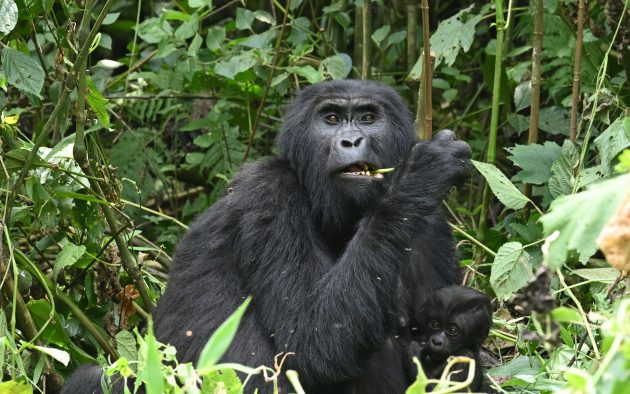
You can then enjoy some savannah habitat in Queen Elizabeth National Park; as you add birds such as the African Skimmer and Papyrus Gonolek. Kibale Forest can be added to search for Green-breasted Pitta and Common Chimpanzees.
Papyrus Gonolek
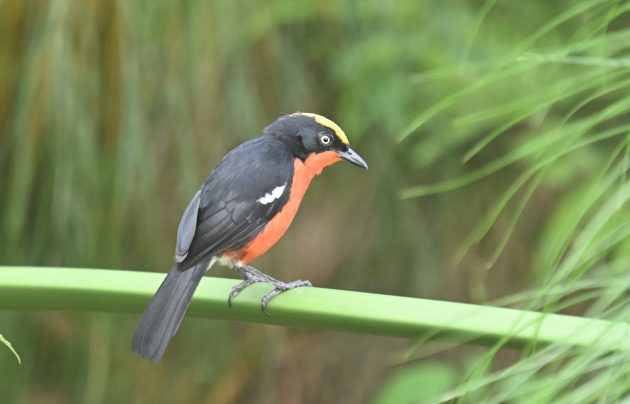
African Skimmer
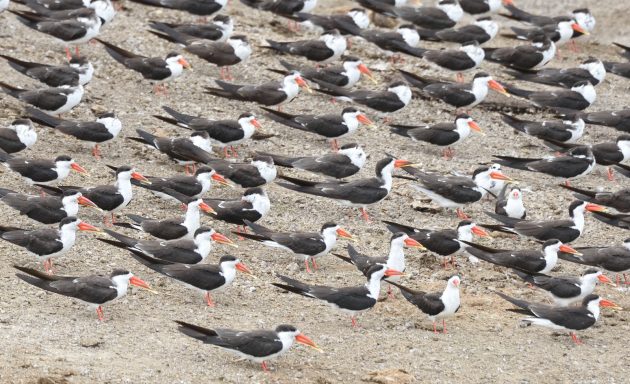
You can then head to Entebbe for the Shoebill – a species that is quite easy to find along the shores of Lake Victoria. From here, fly to the Kenyan Coast where you enjoy Coastal Forests and wetlands. Keep an eye out for Sokoke Pipit and Clarke’s Weaver (Kilifi Weaver), with a bonus of the Sokoke Scops-Owl.
Sokoke Scops-Owl
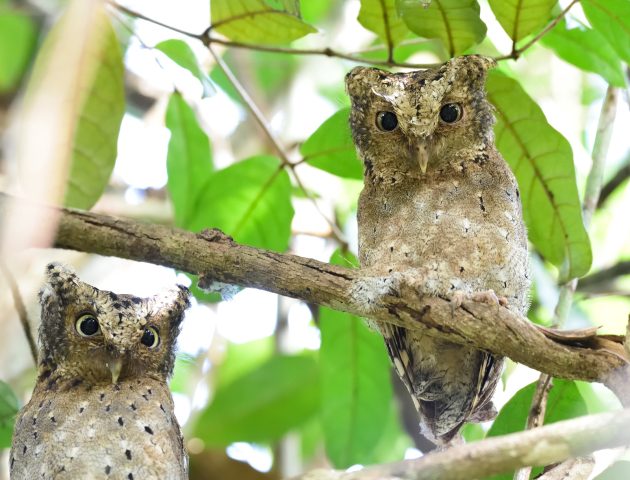
You can then visit the Usambara Mountains (part of the very special Eastern Arc Mountains habitat and biome) for Usambara Hyliota and Usambara Thrush, among other species. Enjoy some dry country birding on the way to Arusha, and then head to Tarangire National Park for Ashy Starling and Yellow-collared Lovebirds.
You can then end your tour by visiting Ngorongoro Crater and Serengeti National Park. Here you will add endemics such as the Tanzanian Red-billed Hornbill, Fischer’s Lovebird, and Grey-breasted Spurfowl.
Grey-breasted Spurfowl
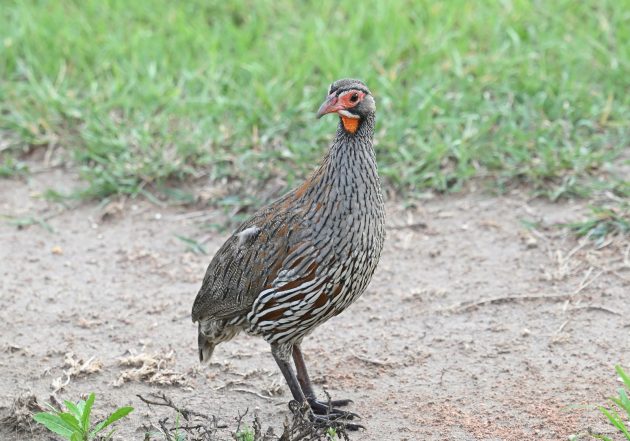
Serengeti is also a mammal paradise and you will enjoy the special big game species of Africa. This tour can be varied in many ways, to reduce the length or to add new sites. But however you do it; a trip to East Africa will definitely make every birder happy. I cannot wait to welcome you all here.
What other suggestions can you give to birders interested in your area?
Kenya and Northern Tanzania are best during and after the rains because most of our local birds breed during that time. Rains here often follow two seasons i.e. March to May and October to December. This means that birds are easier to see in their breeding colors and also some males sing during this breeding season, as they defend territories, so they can be found easily. Some species like Whydahs and Widowbirds display in the open for their females to spot them, and this makes it easier to enjoy watching them. Southern Tanzania is best done before the rains, so between June and October often works best. The roads here can be very challenging during the rainfall season. Uganda is often best around June to September, which is often the best time to see some of the rare species in the country; either near nests or displaying around their breeding territories. Rwanda is rather easy to bird all through the year but expect more rain here during most of the year as well. In terms of what to bring; I would recommend flat walking shoes (waterproof shoes if possible or an extra pair of small waterproof boots), a hat for the strong sunshine, sun cream, insect repellent, a warm fleece or jacket for the colder mountains, a rain cover for the camera, extra camera batteries, and a “happy smile”.
If any reader of 10,000 Birds is interested in birding with you, how can they best contact you?
Birders and all nature enthusiasts can contact me by email at washingtonwachira@gmail.com or through our birding website www.cisticolatours.com where we run our tours under the company name Cisticola Tours LTD.


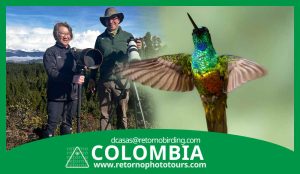


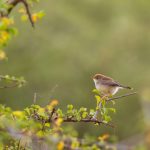
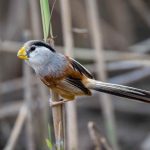
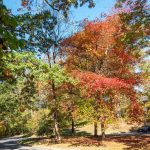
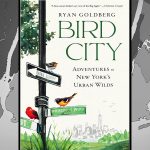
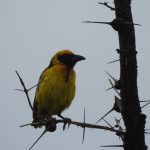

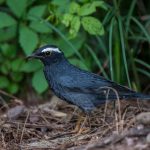
Cisticolas! Yes!!!
Jambo Washington! I remember fondly the day we went to see birds in Nairobi National Park during the challenging year of 2021. 🙂